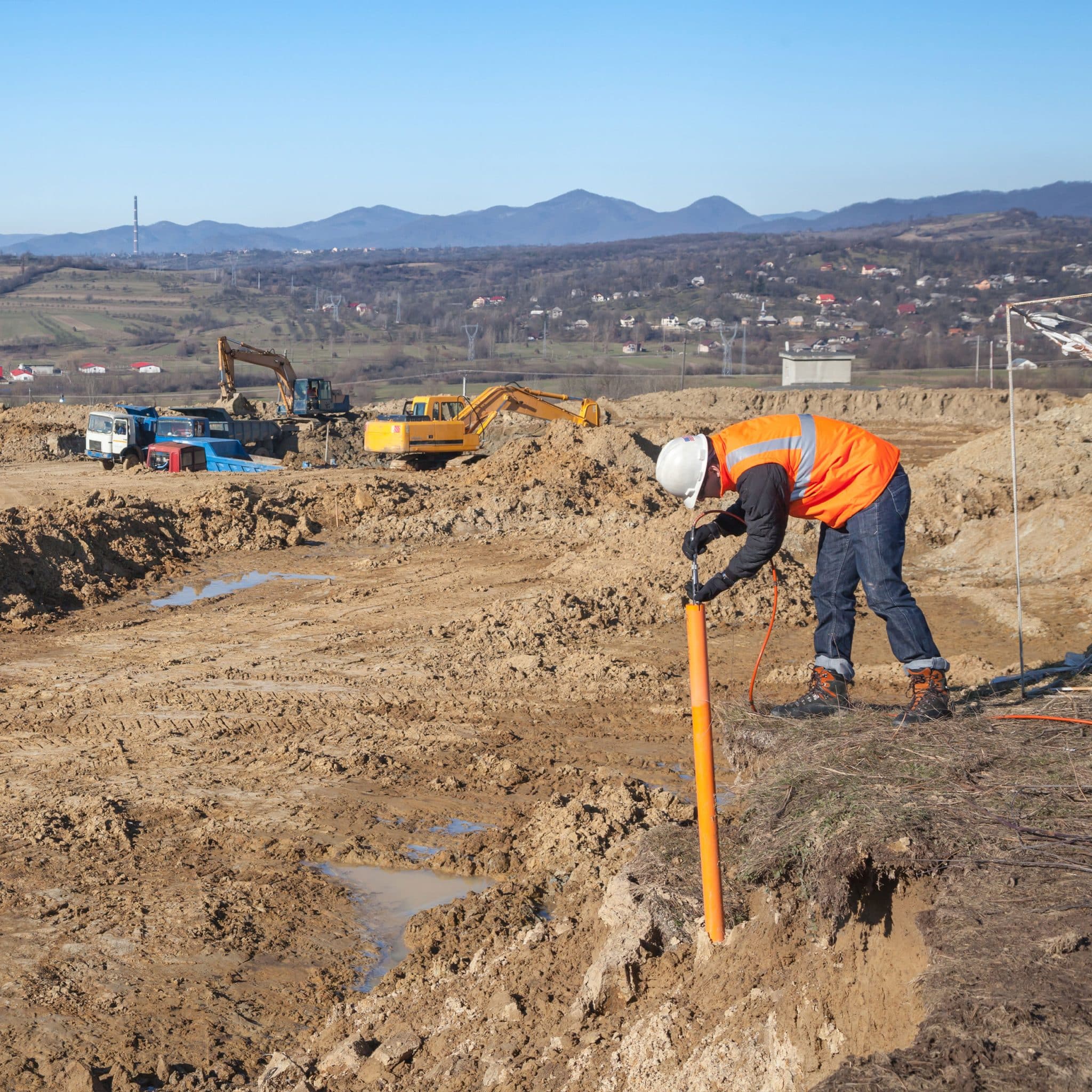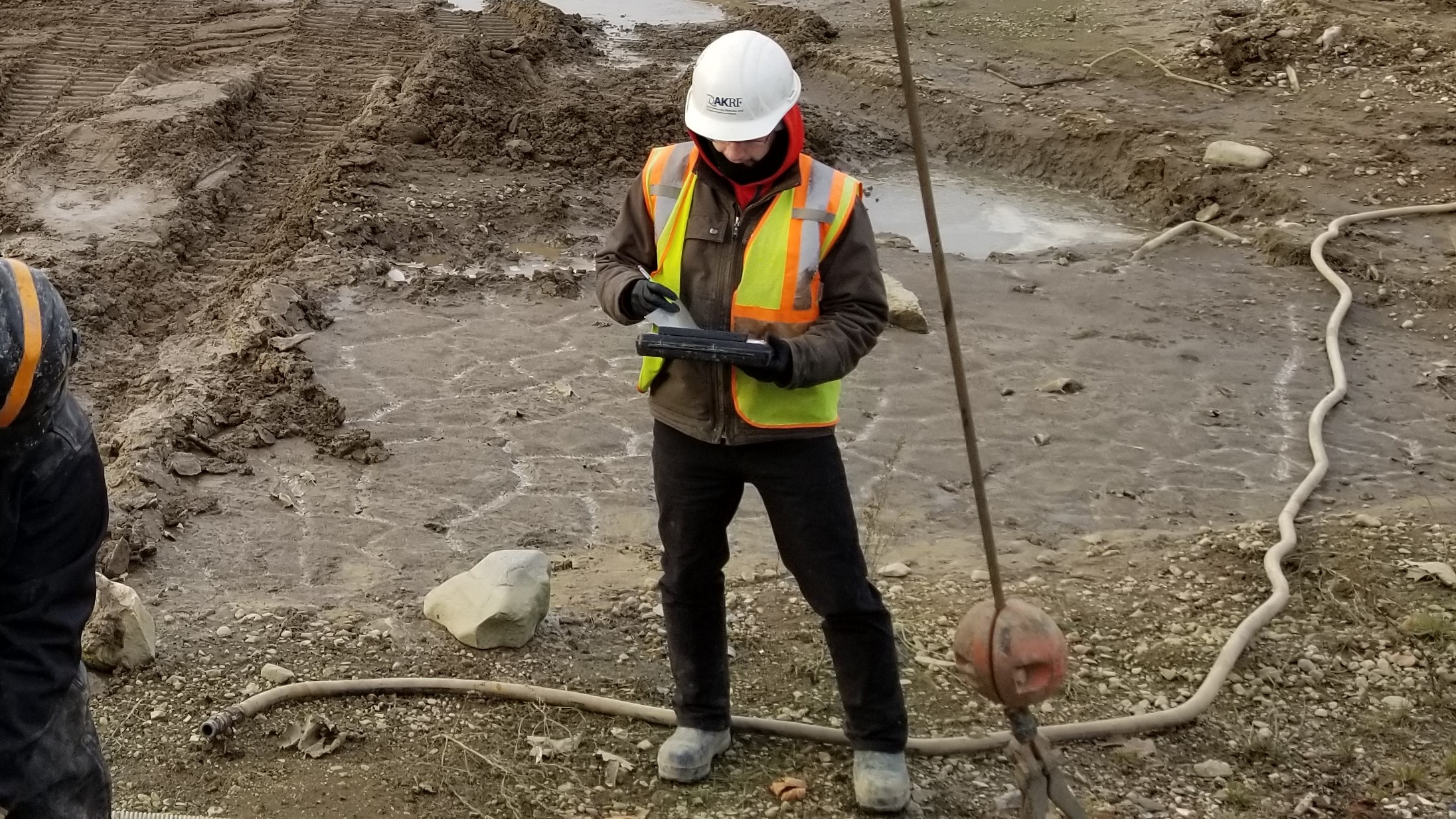Tailings Engineer: Important Proficiency for Lasting Waste Administration in Mining
Tailings Engineer: Important Proficiency for Lasting Waste Administration in Mining
Blog Article
The Interdisciplinary Approaches in the Geotechnical Market: Linking the Void In Between Engineering, Geology, and Environmental Scientific Research for Optimal Job End Results
The combination of design, geology, and environmental science within the geotechnical market is not simply helpful; it is vital for attaining ideal task results. What approaches might arise to promote this essential collaboration and enhance the efficacy of geotechnical techniques?
Value of Interdisciplinary Partnership
The significance of interdisciplinary collaboration in the geotechnical sector can not be overemphasized. Reliable geotechnical tasks call for the combination of diverse proficiency from various areas, consisting of design, geology, and ecological science. This collaboration ensures that all facets of a job are considered, leading to thorough options that resolve complex obstacles.
When functioning in isolation,Interdisciplinary collaboration promotes technology by making it possible for professionals to share understandings and methodologies that might not be noticeable. By leveraging the toughness of multiple disciplines, teams can recognize possible dangers, maximize layout procedures, and enhance the sustainability of geotechnical projects. Furthermore, such collaboration promotes an all natural understanding of site-specific conditions, which is vital for exact assessment and decision-making.
The complexity of geotechnical jobs necessitates a coordinated approach to problem-solving. When designers, rock hounds, and environmental scientists collaborate, they can create a cohesive method that lines up technical demands with environmental factors to consider and regulatory conformity. This harmony not only improves task end results but also adds to the long-lasting durability of facilities. Eventually, interdisciplinary collaboration is crucial for advancing ideal practices and achieving quality in the geotechnical market.
Trick Roles of Each Self-control
Collaboration amongst numerous self-controls is not simply beneficial; it is important for the effective execution of geotechnical jobs. Each technique-- engineering, geology, and environmental science-- plays a distinctive yet interconnected role that adds to predict effectiveness and sustainability.
Geotechnical designers are mainly liable for creating structures and making certain architectural integrity. They assess soil and rock buildings to assess load-bearing capacities, supplying vital information for safe building methods. Their know-how makes it possible for the formulation of cutting-edge solutions to complex obstacles.

Environmental researchers assess the potential effects of building on ecological communities and water resources. They conduct environmental evaluations and establish reduction methods to lessen adverse effects. By integrating eco-friendly considerations, they make certain compliance with policies and advertise sustainability throughout the project lifecycle.
Situation Research Studies of Effective Integration
Effective integration of geotechnical techniques can be exemplified through numerous study that highlight the performance of team effort in attending to intricate design challenges. One noteworthy example is the building of the Hong Kong-- Zhuhai-- Macau Bridge, where a joint technique entailing geotechnical engineering, geology, and environmental science was critical. Engineers and geologists operated in unison to analyze the seabed conditions and optimize the foundation design, guaranteeing stability and reducing ecological impact.
An additional impactful instance is the renovation of incline security in the San Francisco Bay Area, where an interdisciplinary group incorporated geotechnical analysis with environmental analyses. By integrating geological surveys and hydrological research studies, the team properly determined prospective landslide risks and executed efficient mitigation actions, enhancing security and sustainability.
In addition, the redevelopment of Brownfield sites frequently requires a multidisciplinary strategy. In one situation in Chicago, partnership amongst geotechnical engineers, ecological scientists, and urban coordinators led to the effective remediation of contaminated dirt, permitting for the secure makeover of the site into an area park. These study illustrate that interdisciplinary cooperation not only addresses technological difficulties yet likewise fosters ingenious solutions that profit both neighborhoods and tasks.
Difficulties in Multidisciplinary Projects

Additionally, coordinating routines and workflows among different groups can be problematic, specifically when each discipline has distinct task milestones and deliverables. This imbalance can lead to hold-ups and increased expenses. The difficulty of resource allotment also impends huge; ensuring that specialized other know-how is offered at critical junctures requires mindful planning and foresight.
Last but not least, regulative compliance poses one more considerable obstacle. Each discipline may face different governing structures, and straightening these needs to meet job objectives can be complicated and taxing. Resolving these obstacles requires strong leadership and reliable interaction techniques to promote partnership and ensure that multidisciplinary groups function cohesively towards shared objectives.
Future Trends in Geotechnical Practices
As the geotechnical industry evolves, arising fads are improving practices to deal with the difficulties dealt with in multidisciplinary tasks - engineer of record. One substantial fad is the raised integration of innovative innovations, such as man-made intelligence and artificial intelligence, right into geotechnical evaluation and style. These technologies enhance predictive modeling and risk analysis, enabling engineers to make even more enlightened decisions throughout the job lifecycle

Moreover, the adoption of digital twins and real-time surveillance systems is coming to be more common. These top article tools promote recurring analysis of soil problems and structural efficiency, enabling timely treatments when problems develop.
Verdict
In conclusion, the assimilation of engineering, geology, and environmental scientific research is crucial for achieving optimum end results in the geotechnical sector. Successful situation research studies show the advantages of this technique, while acknowledging the difficulties encountered in multidisciplinary tasks.
The assimilation of engineering, geology, and environmental scientific research within the geotechnical market is not just advantageous; it is vital for achieving optimum task outcomes. Reliable geotechnical tasks call for the combination of varied knowledge from different areas, consisting of engineering, geology, and ecological science.Browsing the intricacies of multidisciplinary tasks in the geotechnical sector offers numerous substantial difficulties.As the geotechnical industry evolves, arising trends are reshaping practices to attend to the challenges dealt with in multidisciplinary jobs. Geotechnical engineers are significantly teaming up with ecological researchers to make certain that tasks align with sustainability goals and abide with regulatory demands.
Report this page